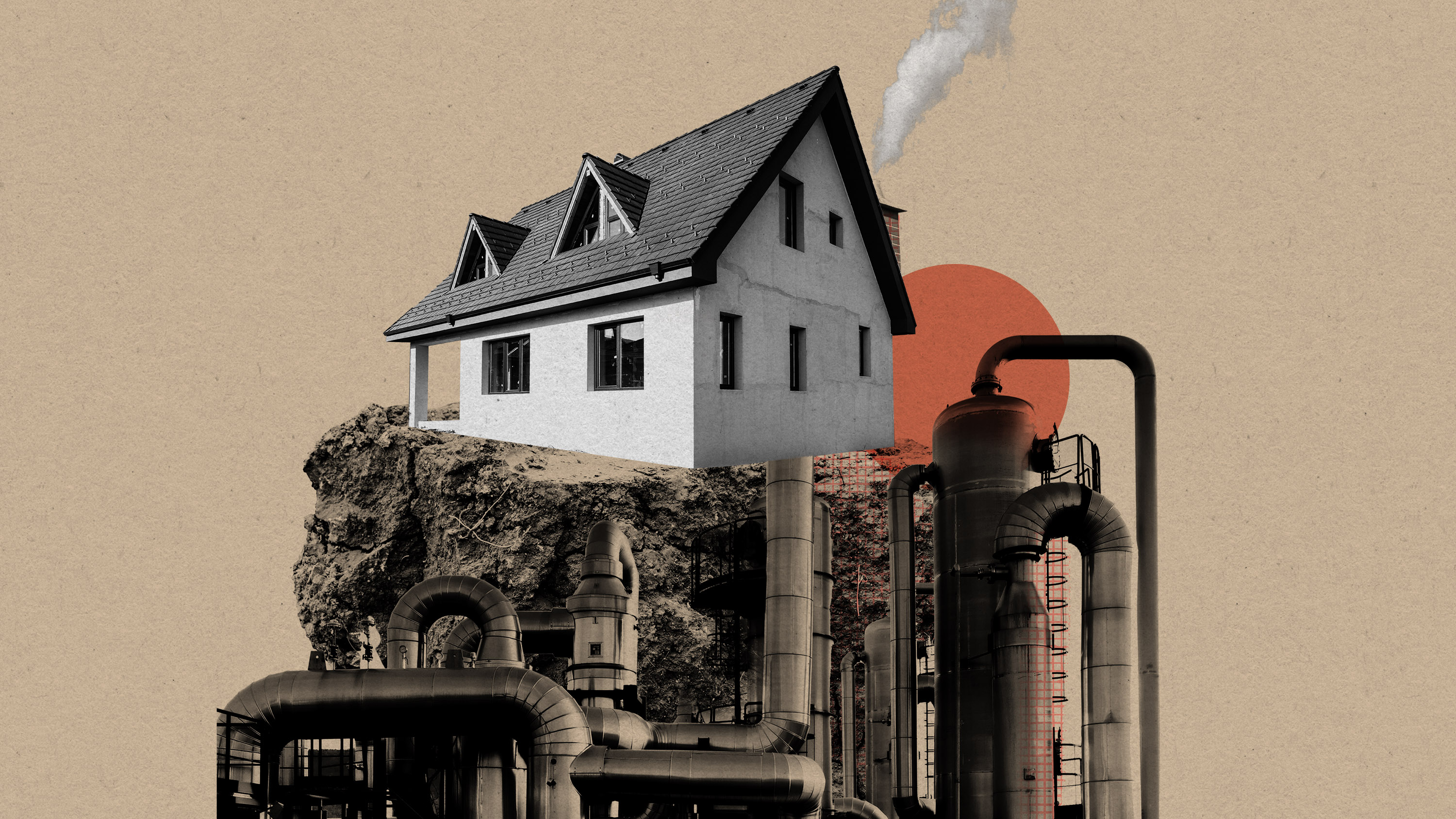Underground thermal energy networks are becoming crucial to the US’s energy future
Their advantages extend beyond reducing carbon emissions.

Thirteen US states are now implementing underground thermal energy networks to reduce buildings’ carbon emissions as part of a nationwide push to adopt cleaner energy sources.
Thermal energy networks use pipe loops that connect multiple buildings and provide heating and cooling through water-source heat pumps. Geothermal heat is commonly used in these networks, but it is also possible to bring in waste heat from other buildings through the sewer system.
When installed, these networks can provide efficient, fossil fuel-free heating and cooling to commercial and residential buildings. Thanks to legislative backing and widespread support from utility companies and labor unions they’re likely to become an increasingly significant part of the future energy mix in the US.
“Heat is the largest source of waste energy and it’s an untapped resource,” says Zeyneb Magavi, co-executive director at clean energy nonprofit HEET (Home Energy Efficiency Team). “Once we have a thermal energy network, we can tap into that resource by moving it to where we need it.”
While the projects are still at the planning and regulatory stage in most of the 13 states, construction is already underway in some. In Framingham, Massachusetts, work has started on the country’s first geothermal network pilot project. Eversource, the utility company in charge, says it has completed 70% of the pipe installation and is on track to finish the project in November.
In 2022, New York became the first state to mandate that its largest utility companies design thermal energy network projects. In September, the state’s Public Service Commission issued guidance requiring utilities to submit revised proposals by the end of the year. If approved, these projects will move on to the next steps of engineering design and construction, with a target of being operational by 2025.
Similar efforts are ongoing in Colorado, Illinois, and New Jersey. Colorado passed a law in May that gave gas utilities permission to start developing thermal energy networks. Illinois is currently moving forward with a comparable bill.
Con Edison, which provides electricity and gas to New York City and Westchester County, has proposed three pilot projects that are awaiting approval. One of them will connect two public housing buildings with a nearby data center in Manhattan’s Chelsea neighborhood. The waste heat from the data center will provide 100% of the buildings’ heating, cooling, and hot water.
The advantages of thermal energy networks extend beyond reducing carbon emissions. Scaling them up from a few buildings to a community or utility level can also help make the grid more resilient and efficient.
Magavi says every time a “loop” of thermal energy network is added to the grid, its ability to predict and manage power flow becomes more accurate. This interconnectedness helps the system become more resilient in high-stress situations.
Unlike solar and wind, geothermal energy and waste heat provide a stable, constant energy source, which mitigates strain on the electrical grid, says Aaron Miller, an Eastern regional manager at SHARC Energy, a builder and developer of wastewater energy conversion technology.
It isn’t only green energy advocates who are excited about geothermal energy networks—some unions are, too.
Thermal energy networks rely heavily on underground piping systems, presenting an opportunity for workers with expertise in maintaining natural gas pipes to transition seamlessly into roles on those kinds of projects.
John Murphy, an international representative of a union representing plumbers and pipefitters in the US and Canada, says other clean energy sectors, like solar and wind, may displace jobs for traditional gas workers.
“A 55-year-old pipefitter cannot become an offshore wind technician. That’s not going to happen,” he says. “This is the closest thing to a true transition or just transition that we’ve seen in the energy transformation so far.”
Deep Dive
Climate change and energy
The problem with plug-in hybrids? Their drivers.
Plug-in hybrids are often sold as a transition to EVs, but new data from Europe shows we’re still underestimating the emissions they produce.
Harvard has halted its long-planned atmospheric geoengineering experiment
The decision follows years of controversy and the departure of one of the program’s key researchers.
Decarbonizing production of energy is a quick win
Clean technologies, including carbon management platforms, enable the global energy industry to play a crucial role in the transition to net zero.
How thermal batteries are heating up energy storage
The systems, which can store clean energy as heat, were chosen by readers as the 11th Breakthrough Technology of 2024.
Stay connected
Get the latest updates from
MIT Technology Review
Discover special offers, top stories, upcoming events, and more.